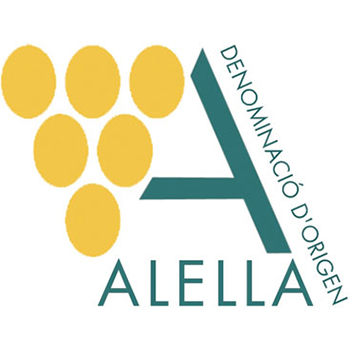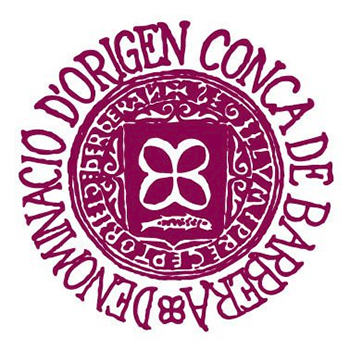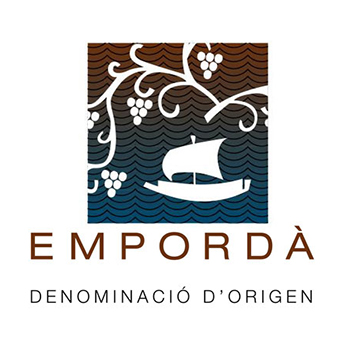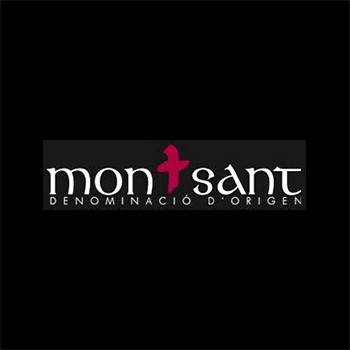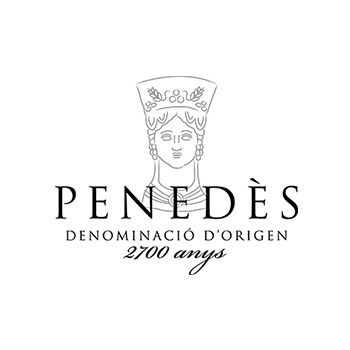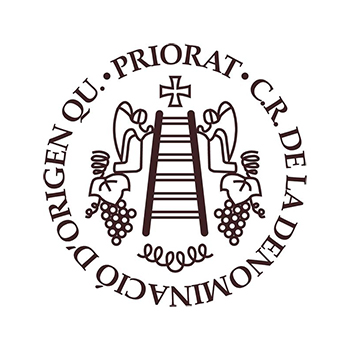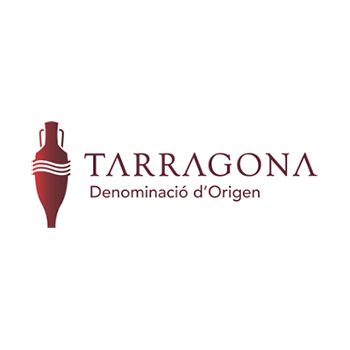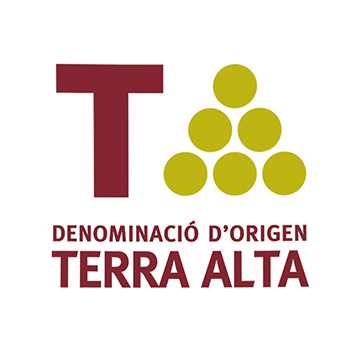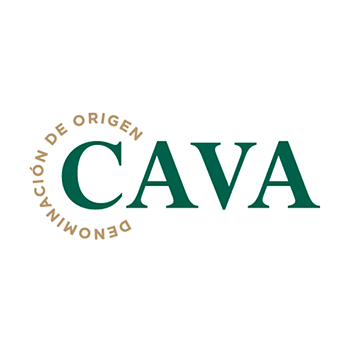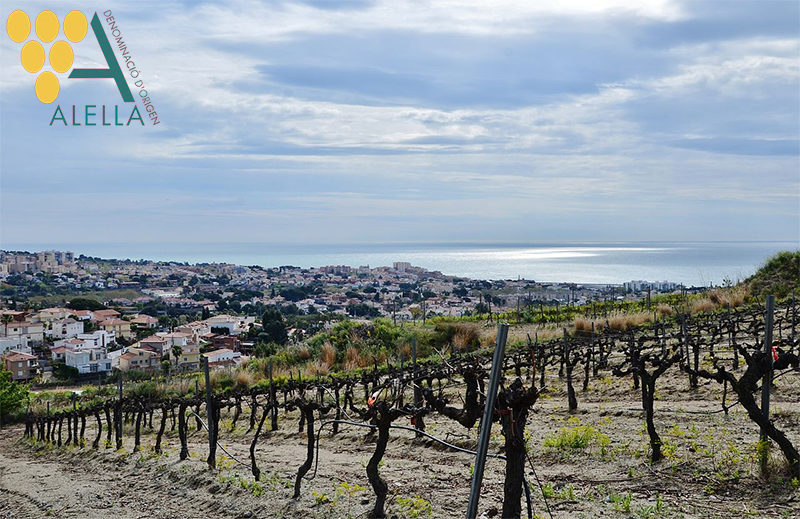
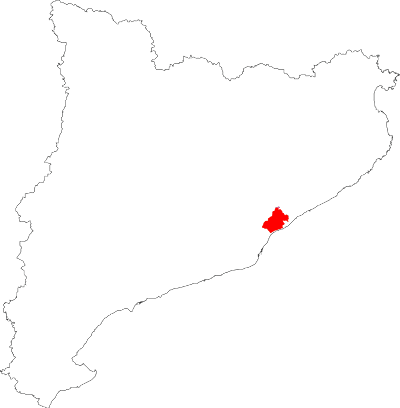
Historically, this small zone has supplied Barcelona with wine and has presided the tables of Barcelona’s well-to-do for centuries.
HISTORY
The wines of the area are mentioned by "Plini el Vell" in "Naturalis Historia" and by "Marc Valeri Marcial" in "Epigrames", called laietans wines. In the archaeological site of Veral de Vallmora, in the village of Teià, They have found a series of structures that document winemaking from the first century to the fourth century. An inscription on a lead seal shows that it was exploited by families in Barcino. It was one of the favorite wines of the bourgeoisie of Barcelona in the 19th century, and was exported to America.
THE CLIMATE
The Mediterranean climate by the coast exists side-by-side with a more continental microclimate further inland. The coastal range checks the winds and condenses the moisture from the sea. Somewhere between tradition and modernity, Alella’s vines are rocked by the sea breeze while they scratch at the earth and bury their roots in well-drained soil that retains the sun’s heat.
GEOGRAPHY
The most significant characteristic of the D.O. Alella is the existence of "sauló", a sandy ground of granitic origin and almost white color, which has a high permeability and a high retention capacity of solar irradiation. This facilitates the ripening of the fruit and adds finesse to the wines.
| Registered vine growing area | 316 (ha) |
| Vine growers | 100 |
| Bottling wineries | 8 |
| Bottle production | 495.630 |
| Varieties of white grapes | Xarel·lo or pansa blanca, Chardonnay, Chenin, Garnatxa blanca, Macabeu, Malvasia, Moscatell de gra petit, Parellada, Picapoll blanc and Sauvignon blanc. |
| Varieties of red grapes | Cabernet sauvignon, Garnatxa peluda, Merlot, Monsatrell, Pinot noir, Samsó or mazuela, Sumoll negre, Syrah and Ull de llebre. |
WINES
Alella’s most typical wines are dry and sweet whites, made from different grape varieties. They are light, perfumed and crystalline. Wine made with Pansa Blanca, often blended with Chardonnay or Sauvignon Blanc, is particularly noteworthy.
The rosés are fresh, aromatic and light. They are made with Garnacha, Pansa Rosada and Merlot.
The reds are fruity and mild and are made with Cabernet Sauvignon, Ull de Llebre o Tempranillo and Merlot.
FEATURED WINES
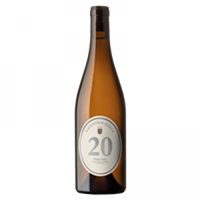
Raventós d'Alella Tina 20
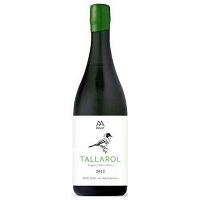
AA Tallarol
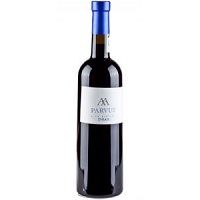
Parvus Syrah
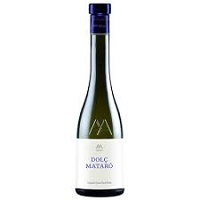
Dolç Mataró
COUNCIL REGULATOR
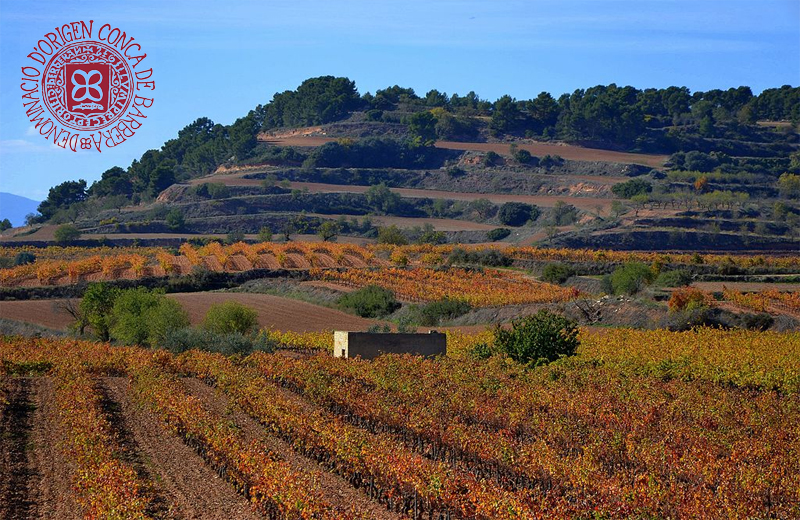
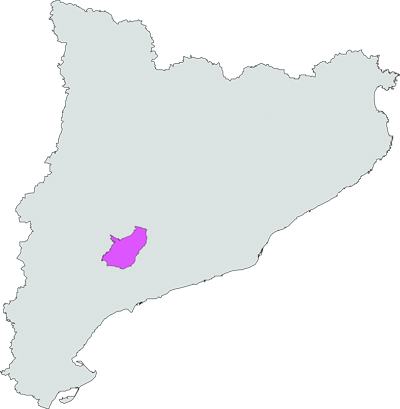
The first regulation of the Regulatory Council was approved on November 19, 1985. Regulates the wine production of the basins of the Francolí and Anguera rivers
HISTORY
The Poblet Abbey and the Order of the Templar constitute the historical roots of this area of wine tradition. The modernist wineries, known as wine cathedrals, constitute its cultural heritage. We highlight the modernist wineries of the architects Pere Domènech i Roura and César Martinell and Brunet, called "cathedrals of wine" by Àngel Guimerà.
THE CLIMATE
This region, surrounded by mountains and crossed by the river Francolí and Anguera, enjoys of a Mediterranean microclimate with a continental influence which causes differences in temperature between daytime and nighttime.
GEOGRAPHY
The soils are formed by the erosive action of the river.Its geography and climate form and alliance in Conca de Barberà to endow it with the optimum conditions for the cultivation of the vine.
| Registered vine growing area | 4.200 (ha) |
| Vine growers | 1.100 |
| Bottling wineries | 20 |
| Bottle production | 1.200.000 |
| Varieties of white grapes | Macabeu, Parellada, Chardonnay, Sauvignon blanc, Moscatell d’Alexandria, Garnatxa blanca, Moscatell de gra petit and Chenin. |
| Varieties of red grapes | Trepat, Cabernet Sauvignon, Ull de llebre, Garnatxa negra, Merlot, Syrah, Monastrell, Pinot noir, Cabernet franc and Samsó. |
WINES
The freshness and quality are more important lightness white wines made mostly with Macabeo and Parellada varieties. The Chardonnay gives wines more consistent and renowned.The rosés produced with the native Trepat variety confer a unique personality to this area.
The traditional black are made with Tempranillo and Grenache wines resulting in silky soft, but also are made as of cabernet sauvignon, syrah, merlot, pinot noir and Carignan when they are obtained wines aging in barrels more corpulent with good persistence.
FEATURED WINES
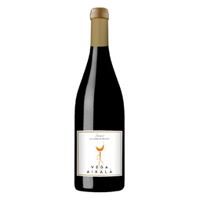
Samsó 2014
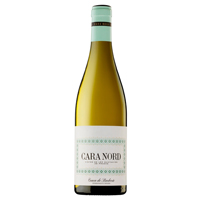
Cara Nord blanc
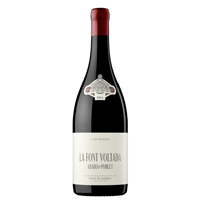
La font voltada
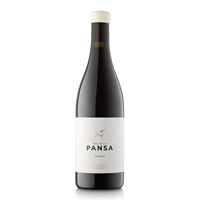
Mas de la pansa trepat
COUNCIL REGULATOR
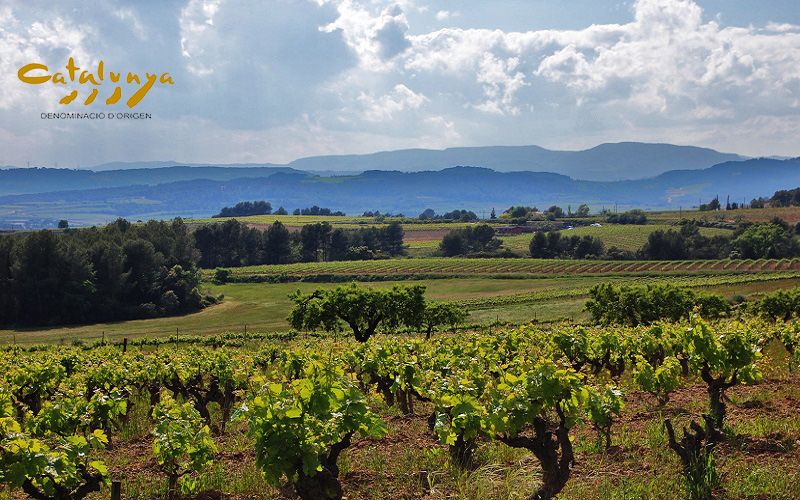
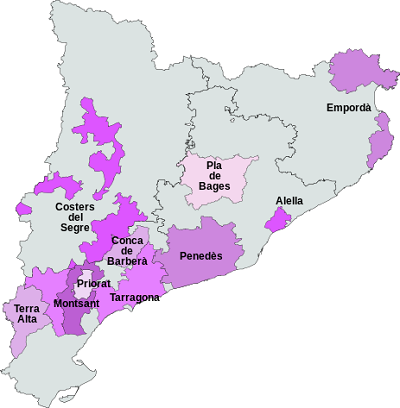
Is a designation of origin for wines produced in the wine regions of the Autonomous Community of Catalonia that meet the requirements of its regulatory council.
HISTORY
It was created in 2001 in order to help the production of small Catalan denominations, opening the possibility of bottling wine in a denomination of origin with grapes from another denomination or making mixtures with grapes of different denominations of origin or to make coupages with grapes of different denominations. For this reason, Catalonia is considered an innovative Denomination of Origin.
THE CLIMATE
The completely Mediterranean climate in the part that borders the beach, coexists with a more continental microclimate in the inner band. The Cordillera Litoral brakes the winds and condenses the humidity of the sea.
GEOGRAPHY
It is a Denomination of Origin that gathers a good part of the vine growing areas of Catalonia. It has a total of 330 municipalities that overlap the other ten Denominations of origin, plus the DO Cava, although the number of registered hectares is lower.
| Registered vine growing area | 51.307(ha) |
| Vine growers | 9.561 |
| Bottling wineries | 118 |
| Bottle production | 55.000.000 |
| Varieties of white grapes | Albarinyo, Chardonnay, Chenin blanc, Garnatxa blanca, Gewürztraminer, Macabeu o viura, Malvasia or subirat parent, Malvasia de Sitges or malvasia grossa, Moscatell d'Alexandria, Moscatell de gra petit, Parellada (montonenc, montonega), Pedro Ximénez, Picapoll, Picapoll blanc, Riesling, Sauvignon blanc, Sumoll blanc,Vinyater, Viognier and Xarel·lo (cartoixà, pansal, pansa blanca, pansa rosada). |
| Varieties of red grapes | Cabernet franc, Cabernet sauvignon, Garnatxa peluda, Garnatxa roja (Garnatxa gris), Garnatxa negra or lladoner, Garnatxa tintorera, Merlot, Monastrell o garrut, Petit Verdot, Picapoll negre, Pinot noir, Samsó (crusilló, carignane, carenyena or mazuela), Sumoll negre, Syrah, Trepat and Ull de llebre. |
WINES
It develops intense red wines, full of strong and intense aroma, and very balanced. Its white wines are generally light and very fruity. The beautiful pink color and smells of spring. The fortified wines and sparkling wines, to a lesser degree, just to complete the offer of Catalonia.
FEATURED WINES
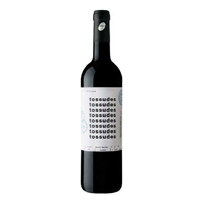
Olivera Tossudes
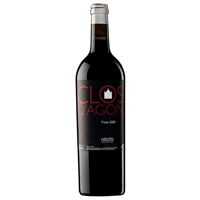
Clos d'Agon negre
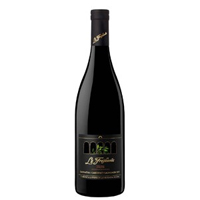
La Freixaneda negre
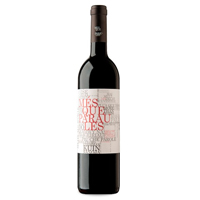
Més que paraules
COUNCIL REGULATOR
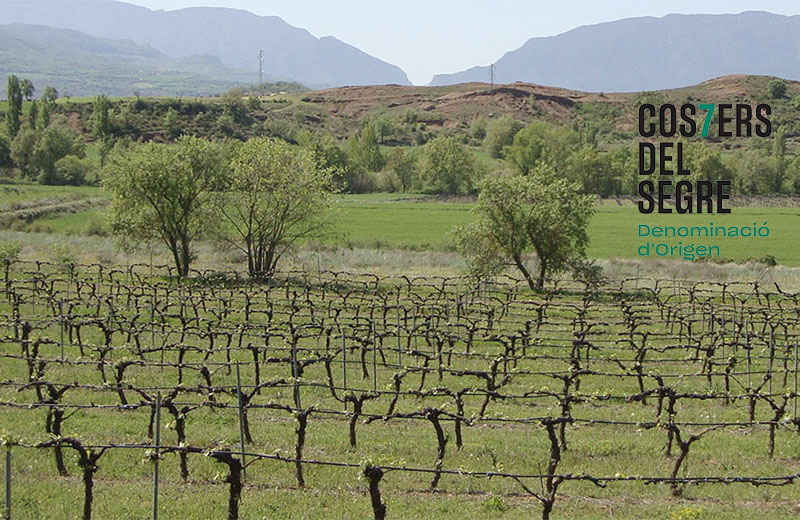
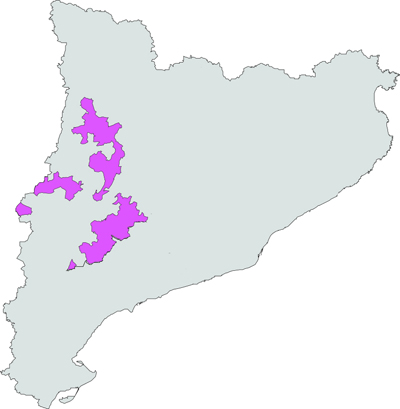
The Denomination of Origin Costers del Segre is made up of seven territories distributed throughout the basin of the River Segre and the Lleida Pyrenees.
HISTORY
The inner nature, away from the sea, has done for centuries the area of our Designation a remote tract of commercialization, obtaining wines with characteristic and own elements. Innovations in the grape varieties and production methods. It was the first place in Catalunya where diferent varieties of cabernet sauvignon were introduced, merlot and chardonnay, along with native varieties, and adopted the California winemaking techniques.
Costers del Segre is characterised by its winemakers and first-rate, modern and innovative technology.
THE CLIMATE
The contrast in temperature of a continental climate is emphasised by high solar radiation and low rainfall. Each sub-zone has climatic and soil differences and landscapes with both mountains and plains.
GEOGRAPHY
The geographic scope is defined with seven subzones: Artesa de Segre, Urgell, Garrigues, Pallars Jussà, Raimat, Segrià and Valls of the Riucorb. The Council regulator of the Costers del Segre Designation of origin aims to ensure this winemaking tradition and guarantee the excellent quality of the wines produced in the wineries that are registered.
| Registered vine growing area | 4.002 (ha) |
| Vine growers | 432 |
| Bottling wineries | 36 |
| Bottle production | 3.971.067 |
| Varieties of white grapes | 2.164 ha: Albarinyo, Chardonnay, Chenin, Garnatxa blanca, Gewurztraminer, Godello, Macabeu, Malvasia, Moscatell de gra gros o d’Alexandria, Moscatell d'Alexandria, Moscatell de gra menut, Parellada, Riesling, Sauvignon blanc, Verdejo, Viognier and Xarel·lo. |
| Varieties of red grapes | 1.838 ha: Cabernet Franc, Cabernet sauvignon, Garnatxa negra, Garnatxa Tintorera, Makbec, Mazuela o samsó, Merlot, Monastrell o garrut, Pinot noir, Syrah, Trepat and Ull de llebre. |
WINES
The reds are made with Cabernet Sauvignon, Pinot Noir, Merlot and Ull de Llebre or Tempranillo and prevail among the diverse wines made in this area. They are strong, balanced and well-structured.
Rosés, made with Ull de Llebre or Tempranillo, Merlot and Cabernet Sauvignon, are fresh and fruity.
The whites are either traditional and made with Macabeo, Xarel·lo and Parellada, or modern and made with Chardonnay, Sauvignon Blanc or Riesling. White grapesare also destined for making Cava.
VINS DESTACATS
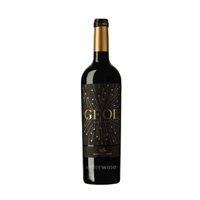
Geol
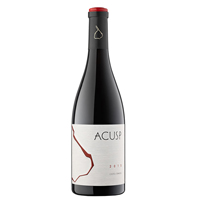
Acusp 2016
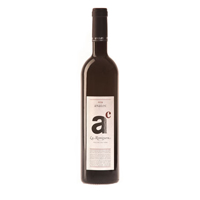
La Romiguera
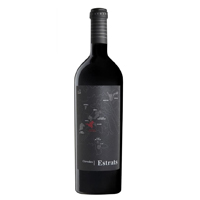
Cérvoles Estrats


